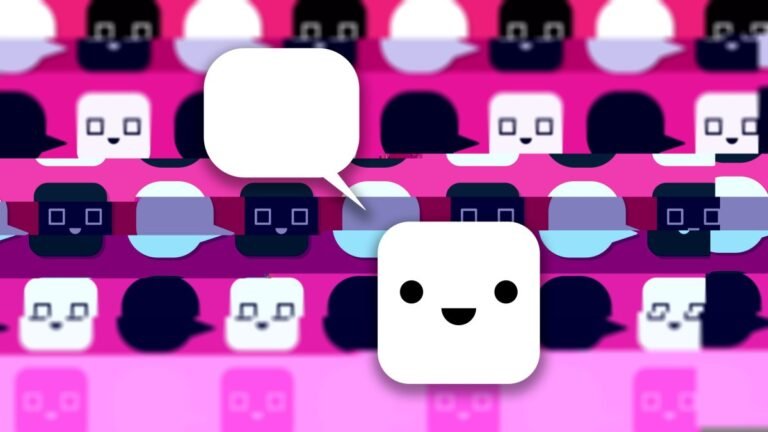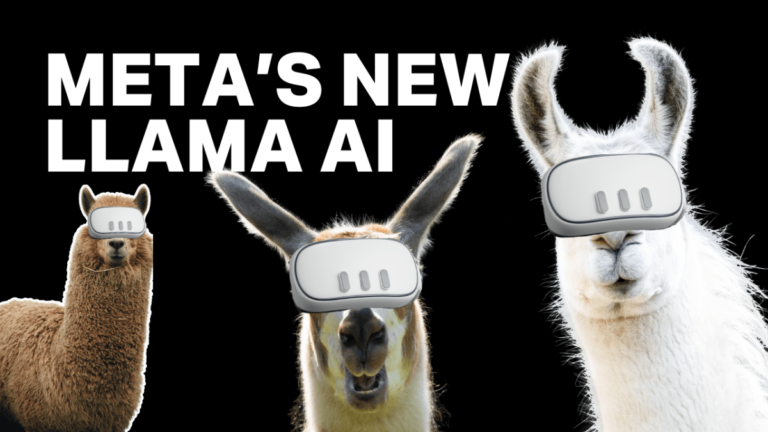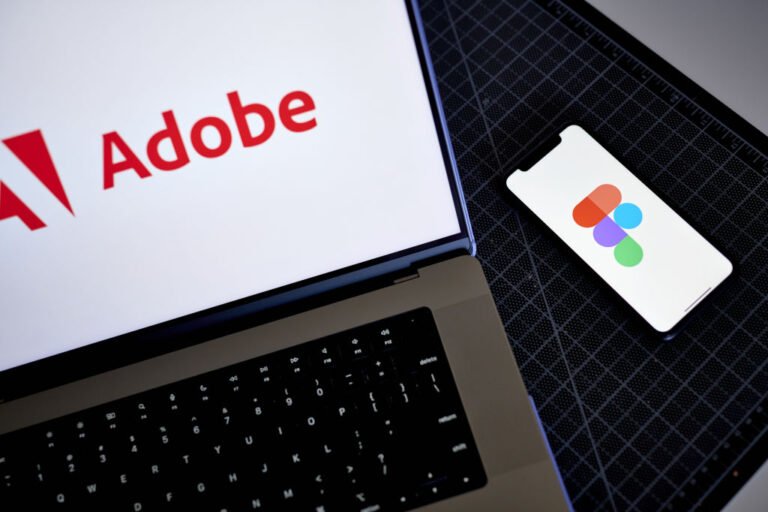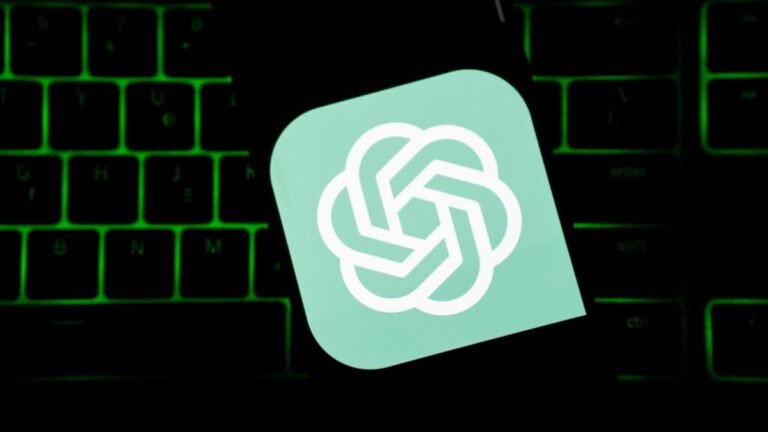
French AI startup Mistral is introducing new AI model customization options, including paid plans, to let developers and enterprises fine-tune its generative models for particular use cases.
Mistral has released a software development kit (SDK), Mistral-Finetune, for fine-tuning its models on workstations, servers and small datacenter nodes.
For developers and companies that prefer a more managed solution, there’s Mistral’s newly launched fine-tuning services available through the company’s API.
Compatible with two of Mistral’s models for now, Mistral Small and the aforementioned Mistral 7B, Mistral says that the fine-tuning services will gain support for more of its models in the coming weeks.
Lastly, Mistral is debuting custom training services, currently only available to select customers, to fine-tune any Mistral model for an organization’s apps using their data.

With the launch of TC’s AI newsletter, we’re sunsetting This Week in AI, the semiregular column previously known as Perceptron.
But you’ll find all the analysis we brought to This Week in AI and more, including a spotlight on noteworthy new AI models, right here.
The group published an open letter on Tuesday calling for leading AI companies, including OpenAI, to establish greater transparency and more protections for whistleblowers.
(Reward models are specialized models to evaluate the outputs of AI models, in this case math-related outputs from GPT-4.)
Should generative AI replace most knowledge workers within three years (which seems unrealistic to me given AI’s many unsolved technical problems), economic collapse could well ensue.

How many AI models is too many?
We’re seeing a proliferation of models large and small, from niche developers to large, well-funded ones.
And let’s be clear, this is not all of the models released or previewed this week!
Other large language models like LLaMa or OLMo, though technically speaking they share a basic architecture, don’t actually fill the same role.
The other side of this story is that we were already in this stage long before ChatGPT and the other big models came out.

New AI models from Meta are making waves in technology circles.
Meta’s new Llama models have differently sized underlying datasets, with the Llama 3 8B model featuring eight billion parameters, and the Llama 3 70B model some seventy billion parameters.
The company’s new models, which were trained on 24,000 GPU clusters, perform well across benchmarks that Meta put them up against, besting some rivals’ models that were already in the market.
What matters for those of us not competing to build and release the most capable, or largest AI models, what we care about is that they are still getting better with time.
While Meta takes an open-source approach to AI work, its competitors are often prefer more closed-source work.

That means there’s a market for a layer between companies and Large Language Models (LLMs) — something companies can use to pick LLMs easily without needing to commit for all time to one platform.
That’s the market Langdock is targeting with its chat interface that sits between LLMs and a company.
“Companies don’t want to have a vendor lock-in on just one of those LLM providers,” Lennard Schmidt, co-founder and CEO of Langdock, told TechCrunch.
In addition to the chat interface, the company also offers security, cloud and on-premises solutions.
In contrast, Langdock’s chat interface works for a broader range of use cases and can be used by any kind of staff.

As I wrote recently, generative AI models are increasingly being brought to healthcare settings — in some cases prematurely, perhaps.
Hugging Face, the AI startup, proposes a solution in a newly released benchmark test called Open Medical-LLM.
Hugging Face is positioning the benchmark as a “robust assessment” of healthcare-bound generative AI models.
It’s telling that, of the 139 AI-related medical devices the U.S. Food and Drug Administration has approved to date, none use generative AI.
But Open Medical-LLM — and no other benchmark for that matter — is a substitute for carefully thought-out real-world testing.

Meta has released the latest entry in its Llama series of open source generative AI models: Llama 3.
Meta describes the new models — Llama 3 8B, which contains 8 billion parameters, and Llama 3 70B, which contains 70 billion parameters — as a “major leap” compared to the previous-gen Llama models, Llama 2 8B and Llama 2 70B, performance-wise.
In fact, Meta says that, for their respective parameter counts, Llama 3 8B and Llama 3 70B — trained on two custom-built 24,000 GPU clusters — are are among the best-performing generative AI models available today.
So what about toxicity and bias, two other common problems with generative AI models (including Llama 2)?
The company’s also releasing a new tool, Code Shield, designed to detect code from generative AI models that might introduce security vulnerabilities.

NeuBird founders Goutham Rao and Vinod Jayaraman came from PortWorx, a cloud native storage solution they eventually sold to PureStorage in 2019 for $370 million.
When they went looking for their next startup challenge last year, they saw an opportunity to combine their cloud native knowledge, especially around IT operations, with the burgeoning area of generative AI.
Rao, the CEO, says that while the cloud native community has done a good job at solving a lot of difficult problems, it has created increasing levels of complexity along the way.
“We’ve done an incredible job as a community over the past 10 plus years building cloud native architectures with service oriented designs.
At the same time, large language models were beginning to mature, so the founders decided to put them to work on the problem.

Offered as an answer of sorts to OpenAI’s Sora, Google’s Imagen 2 and models from the growing number of startups in the nascent generative AI video space, Adobe’s model — a part of the company’s expanding Firefly family of generative AI products — will make its way into Premiere Pro, Adobe’s flagship video editing suite, sometime later this year, Adobe says.
Like many generative AI video tools today, Adobe’s model creates footage from scratch (either a prompt or reference images) — and it powers three new features in Premiere Pro: object addition, object removal and generative extend.
The lack of release time frame on the video model doesn’t instill a lot of confidence that it’ll avoid the same fate.
And that, I’d say, captures the overall tone of Adobe’s generative video presser.
Adobe’s clearly trying to signal with these announcements that it’s thinking about generative video, if only in the preliminary sense.

ChatGPT, OpenAI’s viral AI-powered chatbot, just got a big upgrade.
OpenAI announced today that premium ChatGPT users — customers paying for ChatGPT Plus, Team or Enterprise — can now leveraged an updated and enhanced version of GPT-4 Turbo, one of the models that powers the conversational ChatGPT experience.
It was trained on publicly available data up to December 2023, in contrast to the previous edition of GPT-4 Turbo available in ChatGPT, which had an April 2023 cut-off.
“When writing with ChatGPT [with the new GPT-4 Turbo], responses will be more direct, less verbose and use more conversational language,” OpenAI writes in a post on X.
Our new GPT-4 Turbo is now available to paid ChatGPT users.













